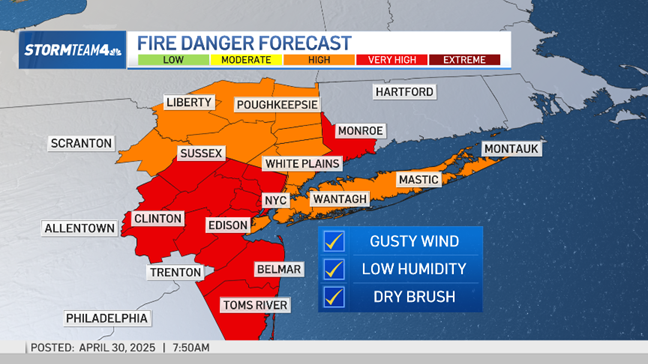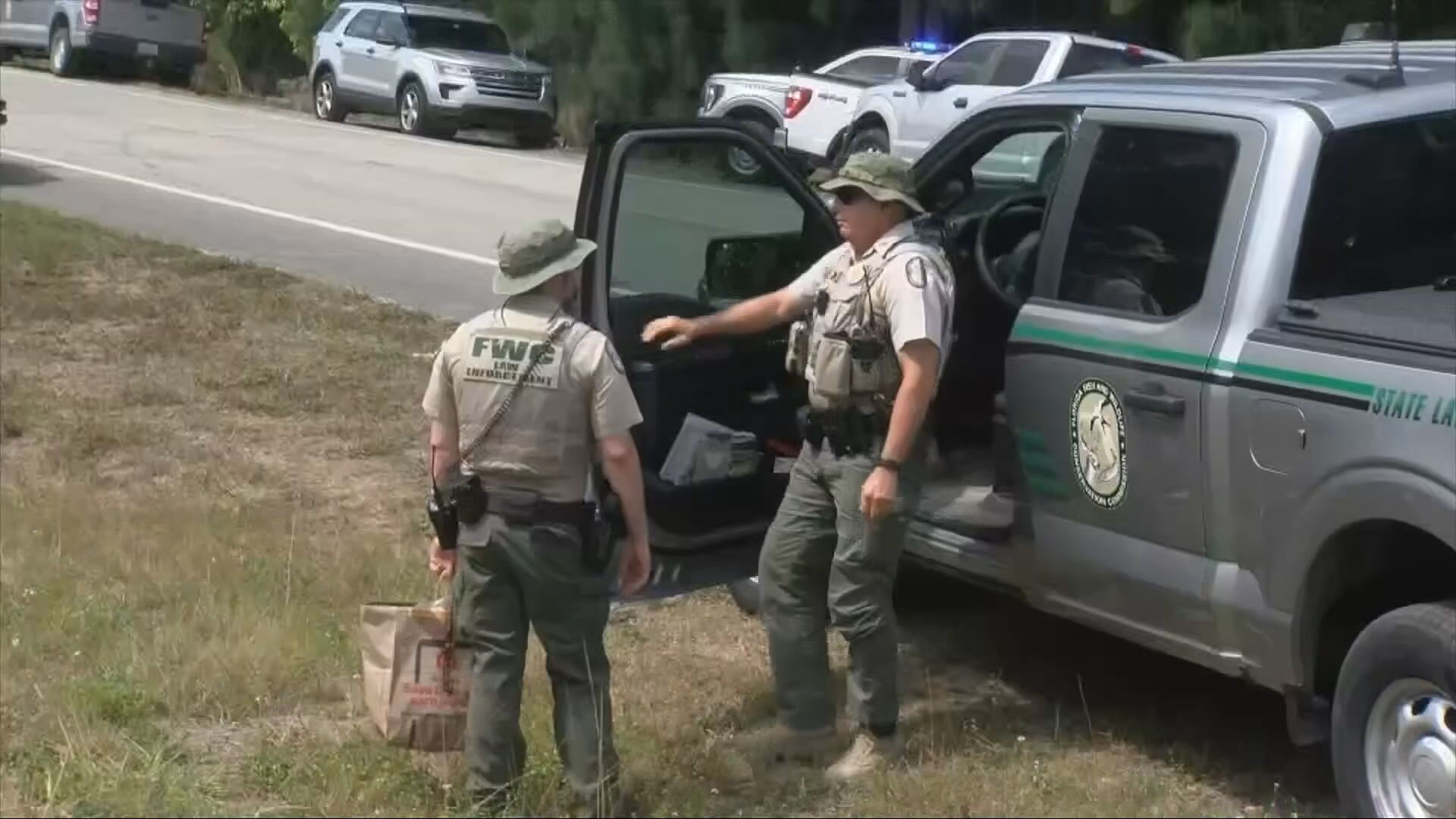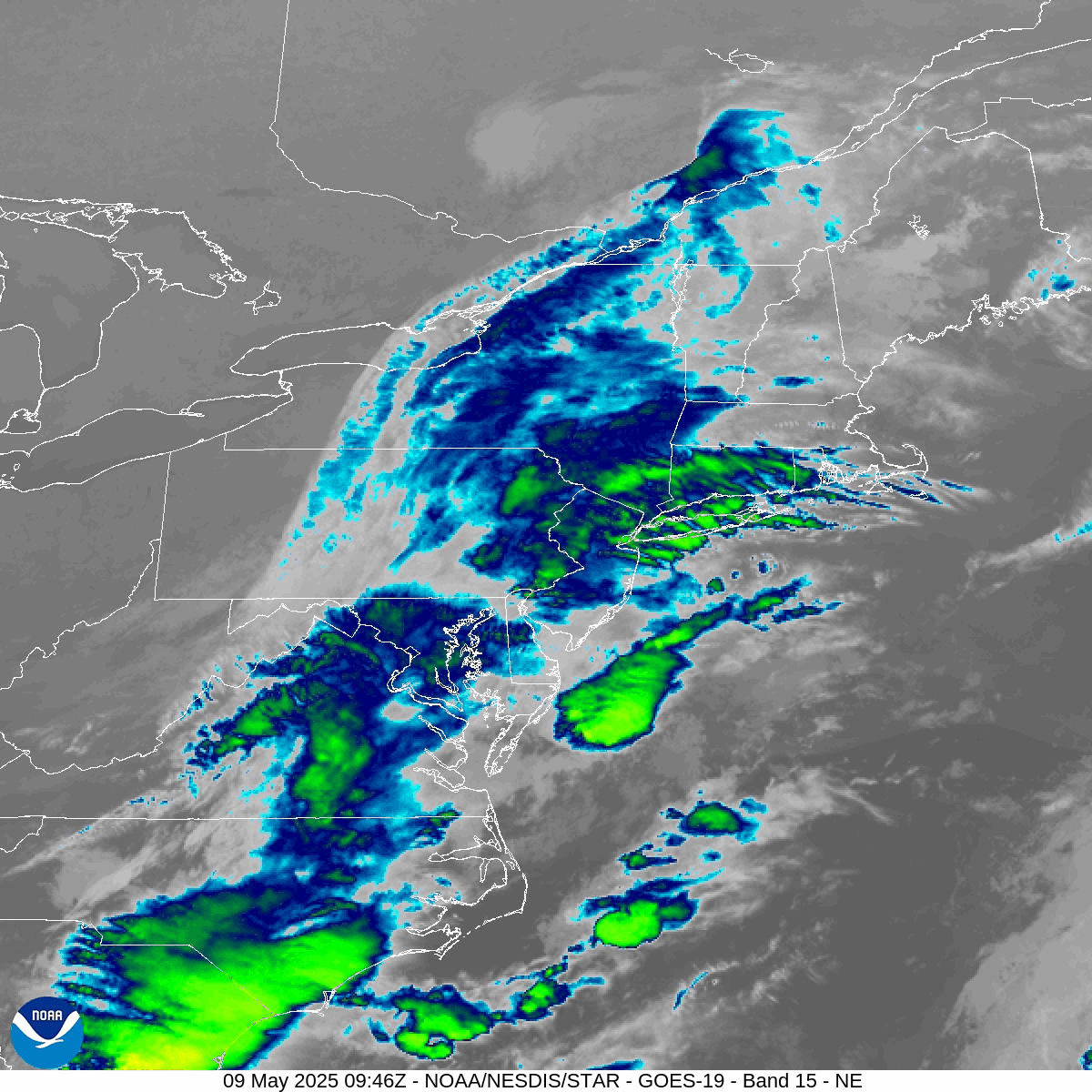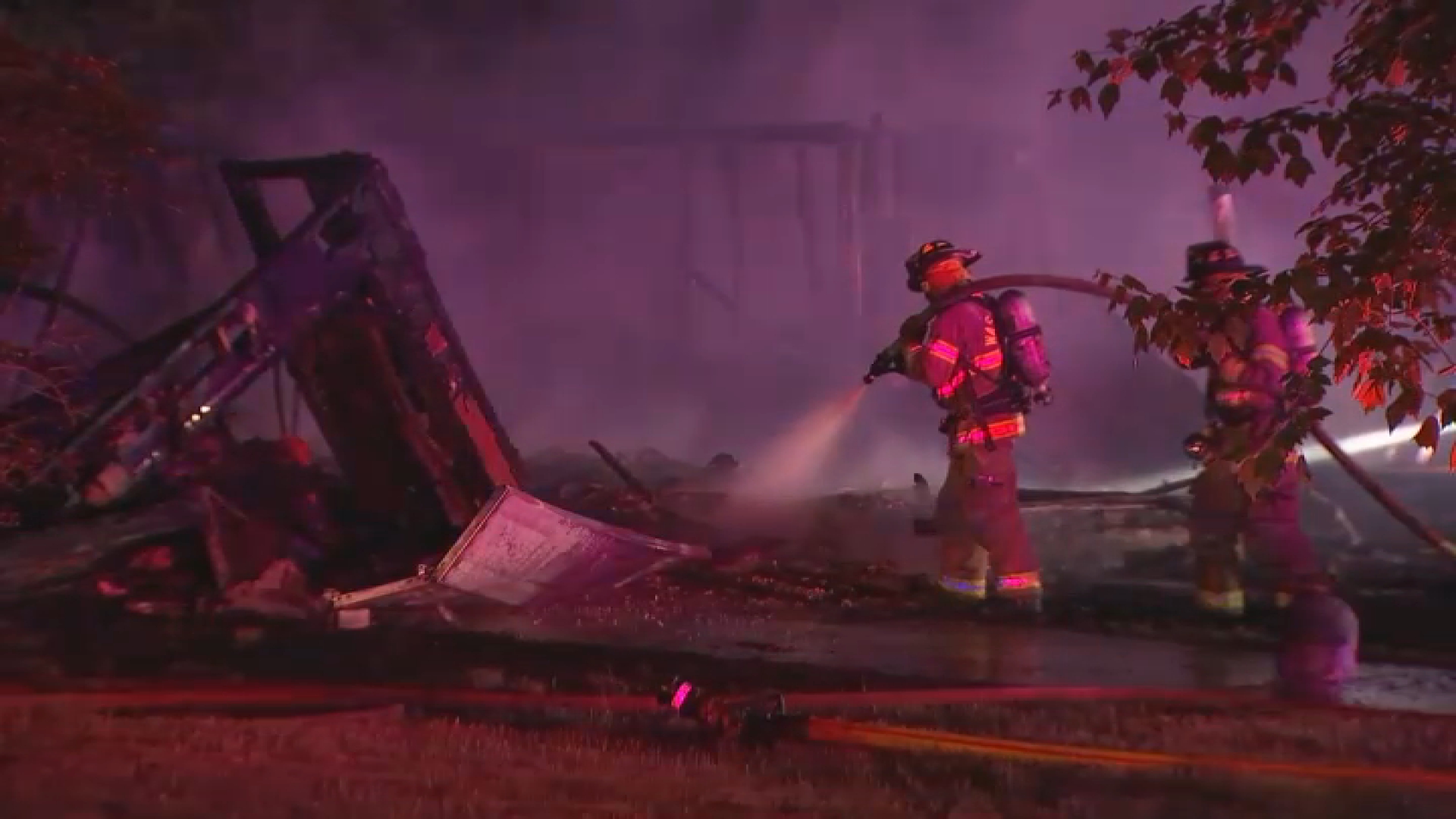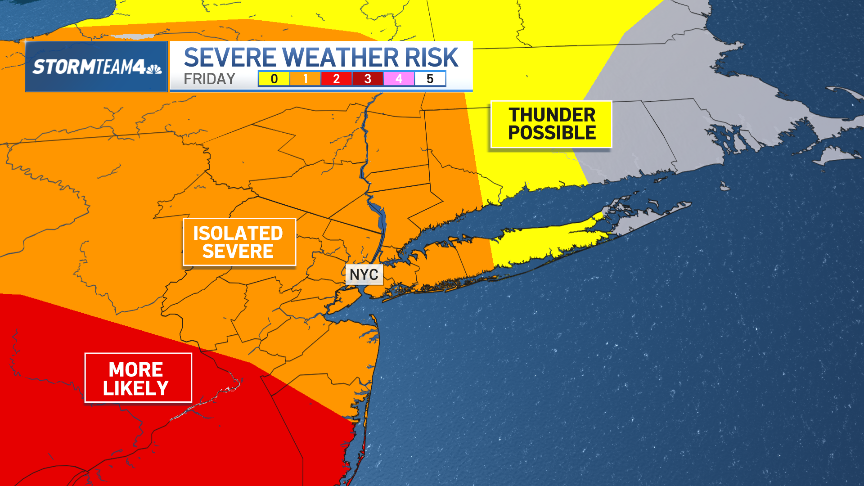Elevated Fire Risk Tri-State: 7 Safety Tips
Tri-State Area on High Alert: Fire Risk Soars Amidst Dry, Breezy Weather
Introduction: A Perfect Storm for Wildfires?
Hold onto your hats, folks! Wednesday's weather across the tri-state area is shaping up to be a real mixed bag. While we can expect comfortable temperatures and sunshine, there's a hidden danger lurking: an elevated risk of fire spread. Think of it as a seemingly innocent day with a potentially fiery secret.
The Dry and Breezy Culprits
What exactly is causing this heightened fire risk? It boils down to two main factors: low humidity and brisk winds. Let’s break down each one:
Low Humidity: The Thirsty Atmosphere
Low humidity essentially means that the air is very dry. This dry air sucks moisture out of everything around it, including vegetation. Think of it like a sponge left out in the sun – it quickly becomes brittle and easily crumbled. The same thing happens to dry brush and grasses, making them highly flammable.
Brisk Northwest Winds: Fueling the Flames
Adding fuel to the fire – quite literally – are the expected brisk northwest winds. These winds can quickly spread any flames that ignite, turning a small spark into a raging wildfire in a matter of minutes. Imagine a bellows being used to fan the flames of a fireplace – that's essentially what these winds are doing.
Official Warnings: Heed the Call
The National Weather Service is taking this threat seriously and has issued warnings urging residents to exercise extreme caution. "Exercise caution handling any potential ignition sources, including machinery, cigarettes, and matches. Any fires that ignite will have the potential to spread quickly," they warn. This isn't just a friendly reminder; it's a call to action.
Potential Ignition Sources: What to Watch Out For
Knowing the potential ignition sources is crucial in preventing wildfires. Here are some key areas to focus on:
Machinery: Sparks Can Fly
Lawnmowers, chainsaws, and other power equipment can easily spark a fire, especially when used on dry vegetation. Make sure your equipment is properly maintained and avoid using it during the hottest and driest parts of the day.
Cigarettes: A Careless Flick Can Cause Catastrophe
Improperly discarded cigarettes are a major cause of wildfires. Always extinguish cigarettes completely in a designated ashtray and never toss them out of a car window.
Matches and Open Flames: Handle with Care
Matches, lighters, and campfires should be handled with extreme care. Never leave a campfire unattended and make sure it's completely extinguished before leaving the area.
Protecting Your Property: Simple Steps, Big Impact
Taking preventative measures around your property can significantly reduce the risk of fire damage. Here are a few things you can do:
Creating Defensible Space: A Buffer Zone
Clear away dry brush, leaves, and other flammable materials from around your home. This creates a buffer zone that can help slow or stop the spread of a wildfire. Think of it as building a moat around your castle – it provides a crucial layer of protection.
Maintaining Your Lawn: Keep it Trimmed
Keep your lawn mowed and watered to prevent it from becoming dry and flammable. A healthy lawn is a less inviting target for wildfires.
Cleaning Gutters and Roofs: Removing Fuel
Clean out your gutters and roofs regularly to remove accumulated leaves and debris that can easily ignite. These areas are like tinderboxes waiting for a spark.
Community Awareness: Spread the Word, Not the Flames
It's important to raise awareness within your community about the elevated fire risk. Share this information with your neighbors and encourage them to take preventative measures as well. We're all in this together, and collective action is key to preventing wildfires.
Emergency Preparedness: Knowing What to Do
In the unfortunate event that a fire does break out, it's important to have an emergency plan in place. Here's what you should do:
Evacuation Plan: Know Your Route
Develop an evacuation plan and practice it with your family. Make sure everyone knows the designated meeting point and the safest route to get there.
Emergency Kit: Essential Supplies
Prepare an emergency kit with essential supplies such as water, food, first-aid supplies, and a battery-powered radio. Having these supplies on hand can make a big difference in a crisis.
Stay Informed: Monitor the Situation
Stay informed about the latest weather updates and fire conditions by monitoring local news and weather channels. Knowledge is power, especially in an emergency.
Long-Term Outlook: Climate Change and Fire Risk
It's important to recognize that climate change is exacerbating the risk of wildfires in many areas. As temperatures rise and droughts become more frequent, dry vegetation becomes even more susceptible to ignition. Addressing climate change is crucial in mitigating the long-term risk of wildfires.
Regional Variations: Fire Danger Across the Tri-State Area
While the elevated fire risk applies to the entire tri-state area, some regions may be more vulnerable than others due to local conditions. Pay attention to local news and weather reports for specific information about your area.
Resources and Support: Where to Turn for Help
There are numerous resources available to help you prepare for and respond to wildfires. Contact your local fire department, emergency management agency, or the National Weather Service for information and assistance.
The Importance of Reporting: See Something, Say Something
If you see smoke or fire, report it immediately to your local fire department. Early detection and reporting can make a crucial difference in containing a wildfire. Don't hesitate – every second counts.
Conclusion: Stay Vigilant and Stay Safe
Wednesday's dry, breezy weather brings an elevated risk of fire spread across the tri-state area. By exercising caution, taking preventative measures, and staying informed, we can all help prevent wildfires and protect our communities. Remember, fire safety is a shared responsibility. Stay vigilant and stay safe!
Frequently Asked Questions (FAQs)
- What exactly does "elevated fire risk" mean? It means the conditions are ripe for wildfires to start easily and spread quickly due to dry vegetation, low humidity, and wind. It's a warning to be extra cautious with anything that could spark a flame.
- How can I tell if the fire risk is high in my specific area? Check your local news, weather forecasts, and the National Weather Service website for specific fire weather warnings or red flag alerts. These alerts will detail the level of risk in your region.
- What's the best way to dispose of charcoal after grilling? Allow the charcoal to cool completely (at least 48 hours). Then, soak it in water before disposing of it in a metal container. Never dump hot charcoal in a wooded area or trash can.
- What kind of plants are best to use in landscaping to reduce fire risk? Choose drought-tolerant, fire-resistant plants like succulents, rockrose, and some types of shrubs. Avoid planting highly flammable plants like pine trees or juniper bushes near your home.
- If I see a fire, what information should I give to the 911 operator? Provide the exact location of the fire (address or landmarks), the size of the fire, what is burning (grass, trees, building), and whether there are any structures or people in danger.
